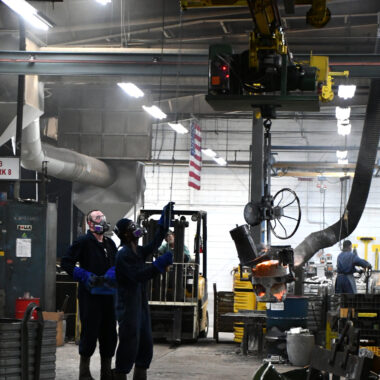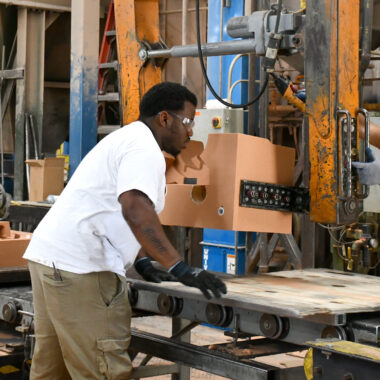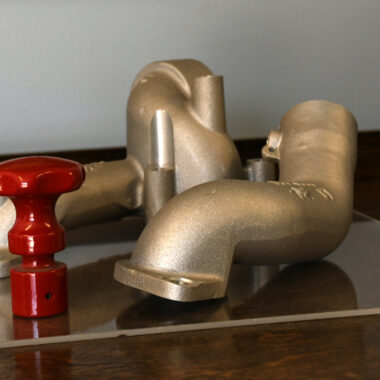Study the World of Aluminum Spreading: Understanding the Various Approaches
Light weight aluminum casting is an essential process in the production sector, with different approaches used to produce exact and elaborate components. From the traditional sand spreading technique to the sophisticated die spreading process, each technique uses distinct advantages depending on the demands of the task.
Sand Casting Approach
Sand spreading, a widely-used method in aluminum casting procedures, involves developing mold and mildews made of compressed sand for putting molten steel. Once the mold and mildew is all set, it is safely placed in a flask and molten aluminum is put into the cavity.
After the steel has cooled and strengthened, the sand mold is damaged away to expose the light weight aluminum casting. Sand casting enables the manufacturing of complicated shapes and huge components that may be pricey or challenging to produce making use of various other methods. It is also a lasting method as the sand can be reused and utilized multiple times, reducing waste in the spreading process.
Irreversible Mold And Mildew Technique

One considerable benefit of the Long-term Mold Technique is the boosted dimensional precision it uses. The steel mold and mildew enables tighter tolerances and better information in the final light weight aluminum castings contrasted to sand casting approaches. This precision makes it a favored option for applications where limited dimensional control is important, such as in the aerospace and auto markets.

Die Casting Refine

Investment Casting Technique
Utilizing an accuracy casting technique, Investment Casting Method entails producing complex light weight aluminum elements by putting liquified metal right into a ceramic mold and mildew. This process, likewise known as lost-wax casting, starts with the development of a wax pattern of the wanted component (aluminum casting).
The next step entails pouring the molten aluminum right into the ceramic mold and mildew. The light weight aluminum fills the cavity left by the wax pattern, taking its shape specifically. This approach is preferred for its capability to produce intricate shapes with high precision and a smooth surface area finish. Financial investment casting is frequently used for producing components in markets where intricate styles and limited tolerances are needed, such as aerospace, automobile, and medical devices. The flexibility and accuracy of the Investment Casting Approach make it a useful method in the globe of aluminum spreading.
Lost Foam Casting Method
Having explored the intricate accuracy of Financial investment Casting Technique, the focus now shifts to the cutting-edge approach of Lost Foam Casting in aluminum part production. Lost Foam Casting, also known as evaporative pattern spreading, is a contemporary technique where a foam pattern of the desired component is produced and then coated with a refractory product.
Furthermore, Lost Foam Casting is an economical procedure as it reduces the demand for cores and allows try these out for the manufacturing of light-weight components. Regardless of its advantages, Lost Foam Casting calls for careful control of the spreading procedure to avoid issues and guarantee top quality components.
Final Thought
In verdict, aluminum casting supplies a variety of methods such as sand casting, irreversible mold and mildew technique, die spreading, financial investment spreading, and lost foam casting. Each technique has its very own benefits and applications, making light weight aluminum casting a functional and widely utilized process in different sectors. Recognizing the distinctions between these methods is important in picking one of the most ideal spreading strategy for specific production requirements.
Sand casting, a widely-used method in aluminum casting processes, involves creating molds made of compacted sand for pouring molten steel. aluminum casting.The Permanent Mold And Mildew Strategy, like sand spreading, is an additional widespread approach used in light weight aluminum spreading processes, providing unique advantages in terms of mold reusability and dimensional accuracy. The steel mold and mildew enables for tighter tolerances and finer details in the last light weight aluminum spreadings compared to sand casting techniques. The 2 primary types of die casting are cool chamber pass away casting and hot chamber die spreading, each ideal for different types of aluminum alloys.In verdict, light weight aluminum casting offers a selection of approaches such as sand casting, permanent mold strategy, pass away casting, investment spreading, and lost foam casting